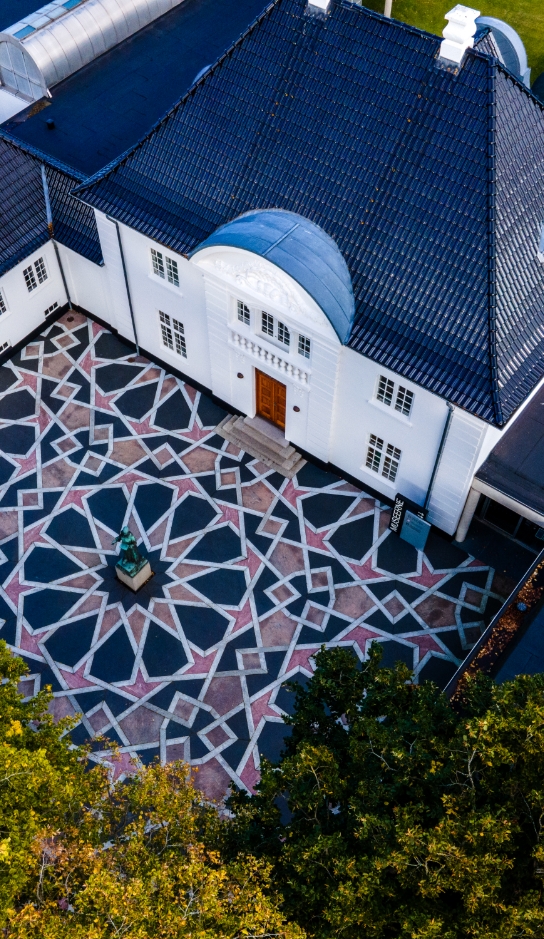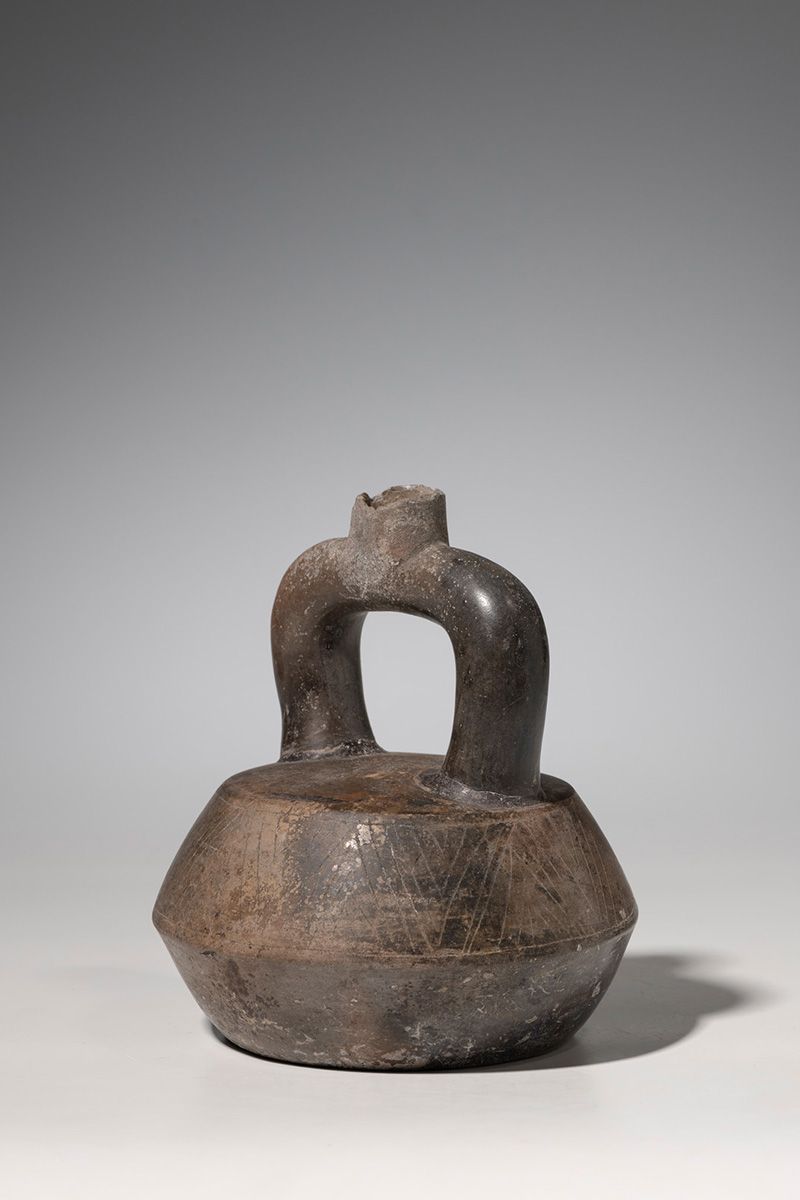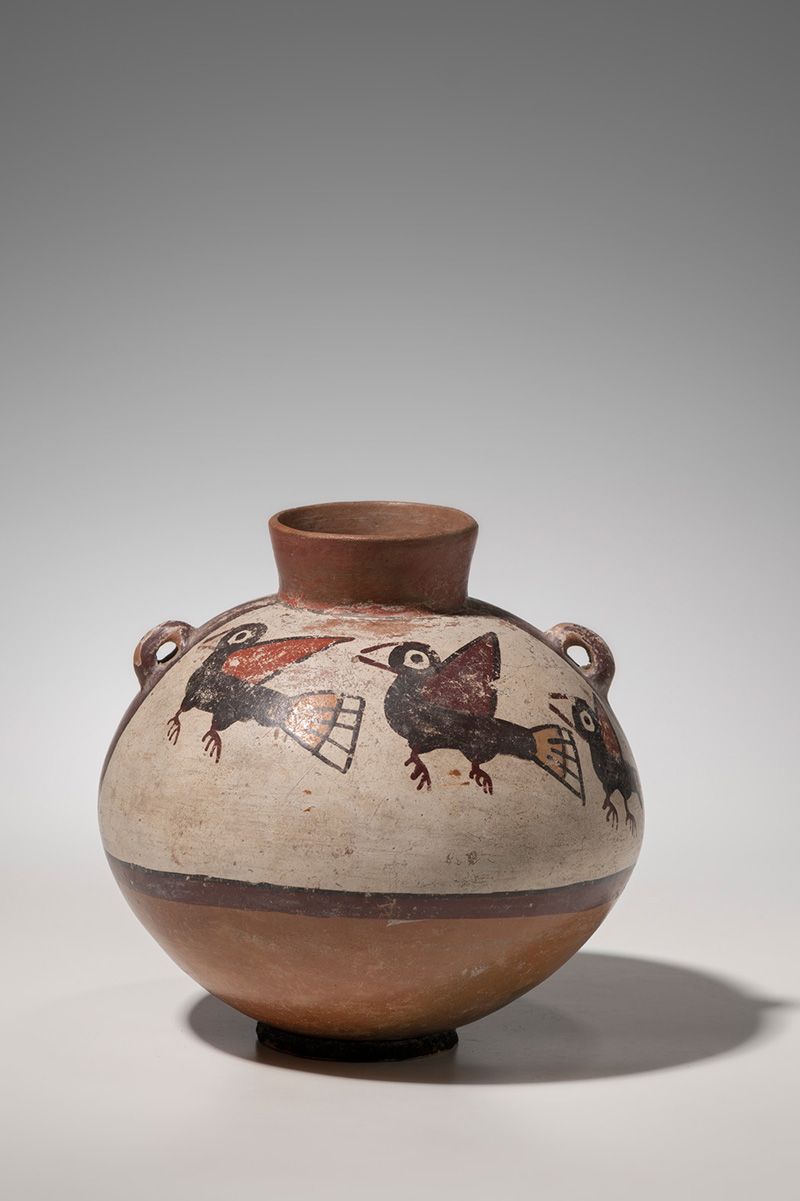Pre-Columbian ceramics
The museum's Pre-Columbian collection shows ceramics originating from the region today known as Peru, Bolivia and parts of Ecuador, Columbia and Chile. The 79 ceramic items comprising the collection were gathered by the zoologists Marie and Ole Hammer during a number of research travels to Latin America, which they made from the mid-1950s and onwards. In 1976, the couple donated the collection to Holstebro Kunstmuseum.
Geographically, the region is characterised by being divided in a number of deep valleys separated by high mountain ranges. This meant that the communities which emerged there from ca. 5000 BC were isolated and only slowly influenced one another.
Around year 2000 BC, the first organised civilisations were established with the aim of building irrigation and terrace systems. As a result of such improved methods of cultivation, these communities gradually achieved a surplus in the production of foods. This freed resources which could be converted to artistic production. The first ceramic finds are from this period. They consisted of simple bowls and round-bottomed pots of black earthenware with scratched-in decorations.
The characteristic double-spout vessel spread from the Chavin culture which existed in the period 1600-500 BC. In the south, it was shaped with two short, taper spouts connected by a curved handle, while in the north it was developed into the characteristic 'stirrup handle'.
Later, different civilisations superseded one another. To the north, the Mochia culture was dominating around the year 0. The ceramics of this culture developed into powerful, plainly modelled shapes with simple decorations. At the same time, the Nazca culture dominated in the south. The ceramics here consisted of plain shapes with naturalistic decorations, which later became still more abstract. These are among the most important traditions in the region.
Between 600 and 1.000 AD, ceramics suffered a decline. However, with the Chimu culture which existed between 1000 and 1400 AD, ceramics prospered once again. Around the year 1460, the Incas conquered the entire region. They brought along a range of special shapes, among others the so-called 'aryballos', a bottle-shaped vessel with dense, geometric painting. In 1534, the Inca Empire succumbed to the Spanish conquerors, and with that the great Indian cultures of Peru perished.
.
Around year 2000 BC, the first organised civilisations were established with the aim of building irrigation and terrace systems. As a result of such improved methods of cultivation, these communities gradually achieved a surplus in the production of foods. This freed resources which could be converted to artistic production. The first ceramic finds are from this period.



